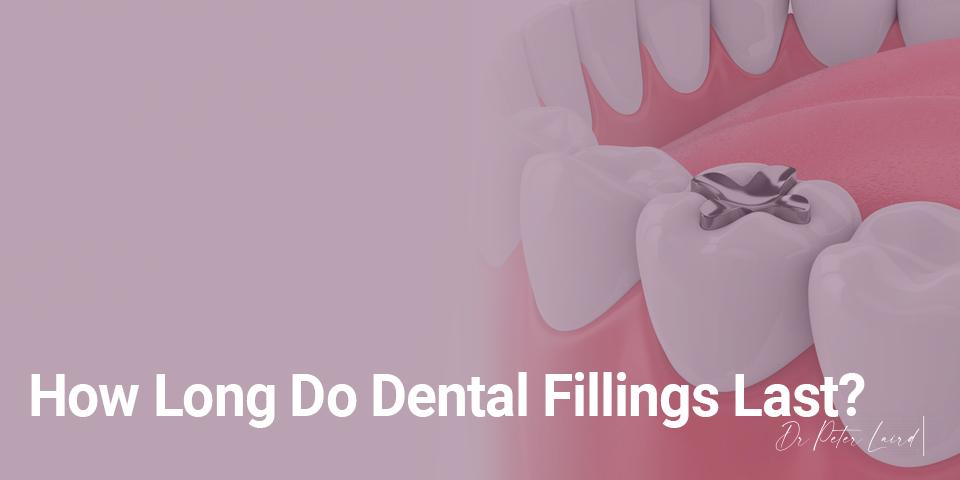Dental fillings are made from various materials, and the filling you have determines how long it will last.
Regular dental visits can help you determine when a dental filling needs to be replaced because fillings rarely last a lifetime, even though they stay a long time. Read on to find out how long fillings typically last, when they should be replaced, and what you can do to help your fillings last longer.
What is a Dental Filling?
A dental filling is a material that is used to repair a tooth that has been decayed or fractured. Gold, silver, amalgam, and composite resin are materials used in dental fillings.
Composite resin is the most common type of dental filling. This tooth-coloured material is made of plastic and glass fibres. Small cavities and minor fractures in teeth are frequently filled with composite resin.
Gold fillings are less common than other types of fillings, but they are extremely durable and can last a long time. Silver fillings are also long-lasting, but they make teeth appear grey or black. Porcelain fillings are solid and can help restore a decayed tooth’s appearance.
How Long Do Fillings Usually Last?
Your dental hygiene plays a role in how long your filling lasts. Dental care can extend the life of your filling and prevent the formation of a new cavity on your tooth. The materials used in a filling can also affect how long it lasts.
Remember that everyone’s teeth and lifestyle are unique so that these timeframes may differ from one person to the next. Generally:
- Composite fillings – 5 to 15 years
- Gold fillings – 15 to 20 years
- Amalgam fillings – 5 to 25 years
When To Replace A Dental Filling
A dental filling can last anywhere from 5 to 25 years, depending on the location of the filling, size, and dental hygiene.
Dental fillings put up with a lot of stress. Your filling is harmed every time you chew. Your filling may loosen over time, creating a pocket where food can collect and cause further decay.
Dental visits are now more critical than ever! Seeing your cosmetic dentist every six months could help you avoid a serious problem with your filling. To reverse an unmonitored filling, patients who wait may need an extraction or a root canal procedure.
Why Do You Need to Replace Your Filling?
Your filling may need to be replaced for various reasons over time. The majority of the time, it results from normal wear and tears. Your filling is put under a lot of pressure while you chew. It may crack, leak, or fall out over time due to this. Bacteria and tiny food particles can become trapped beneath your filling if it no longer protects your tooth as it should. To avoid further decay, you\’ll need to have the filling replaced.
It\’s normal for a composite filling to discolour over time if you have one. As a result, it has the potential to stand out like a sore thumb. It can be replaced to ensure that it continues to blend in with your smile.
How Many Times Can You Replace a Dental Filling?
There\’s no limit to the number of times a filling can be replaced. When the hole becomes too large, the dentist will usually stop replacing the dental filling. When there is more filling material than natural tooth material, the tooth loses its strength. In this case, you may require a dental crown, inlay, or onlay to protect your tooth.
If you have multiple fillings in the same tooth, you may need a restoration rather than a filling replacement. The dentist won’t be able to replace dental fillings regularly unless you have enough tooth structure.
How To Care For Your Fillings To Last Longer
To extend the lifespan of your fillings, you should follow good oral hygiene. It would be best if you visit the dentist regularly for cleanings, brushing with fluoride toothpaste, flossing and using an antibacterial mouthwash daily.
Call Glenferrie Dental for an appointment if you feel a sharp edge, if your tooth is susceptible, if you notice a crack in the filling, or if a piece of the filling is missing.
